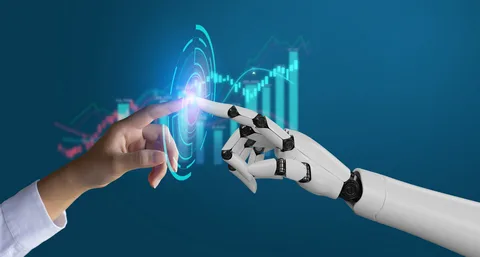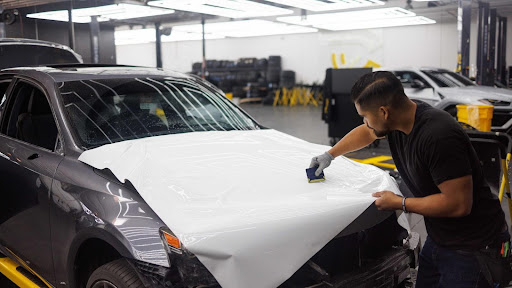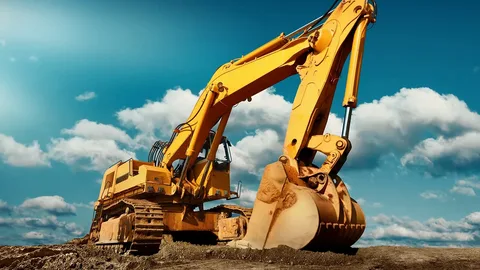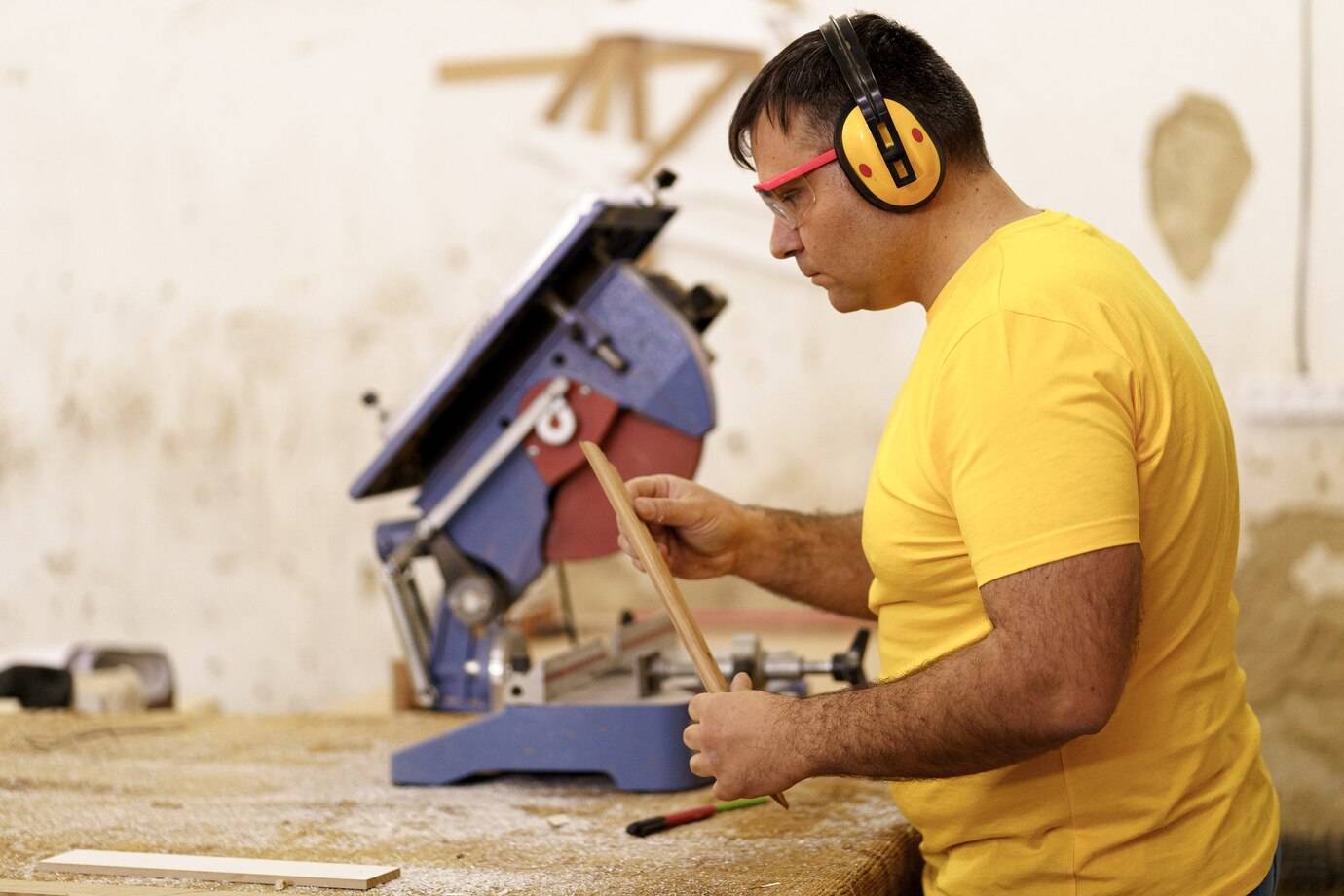
In recent years, artificial intelligence (AI) has transformed the way we work, live, and interact with technology. One of the industries experiencing the most profound shift is manufacturing. Long known for its high-risk environments and safety challenges, the manufacturing sector is now benefiting from advanced safety solutions driven by AI technology. From reducing workplace accidents to identifying hazards before they occur, AI is redefining what safety looks like on the factory floor.
The Safety Challenge in Manufacturing
Manufacturing facilities are inherently high-risk environments. With heavy machinery, moving vehicles, high temperatures, and human error all part of daily operations, ensuring the safety of workers is a constant challenge. Despite rigorous safety training and policies, incidents still occur — often with serious consequences.
Traditionally, safety in manufacturing has relied on manual inspections, reactive incident reporting, and employee vigilance. While these measures are essential, they are not foolproof. The pressure of production targets, fatigue, and occasional lapses in judgment can all lead to accidents.
That’s where AI steps in.
The Rise of AI in Industrial Safety
Artificial intelligence introduces a proactive, data-driven approach to safety. It enables manufacturers to identify risks before they become problems and intervene in real-time to prevent accidents. Here’s how AI is transforming the safety landscape in industrial environments:
- Real-Time Hazard Detection
Using AI-powered computer vision systems, manufacturers can now monitor workspaces in real-time. These systems detect unsafe behaviours — such as employees entering restricted zones, failing to wear proper PPE, or operating machinery incorrectly — and send alerts instantly.
- Predictive Analytics
AI platforms analyse historical safety data to identify trends and potential areas of risk. By understanding where and why incidents are likely to happen, businesses can implement preventative measures in advance, such as redesigning workflows or adjusting shift schedules to reduce fatigue-related accidents.
- Improved Reporting and Compliance
With AI, safety reporting becomes faster and more accurate. Machine learning algorithms can process large volumes of data, identify anomalies, and generate detailed reports automatically. This not only improves compliance with regulations but also helps internal teams make better safety decisions based on real data.
- Safer Human-Machine Collaboration
As more manufacturers adopt robotics and automation, ensuring safe collaboration between humans and machines becomes crucial. AI systems act as an intelligent layer of protection, monitoring interactions and stepping in if unsafe conditions arise — such as a worker getting too close to a moving robotic arm.
Real-World Impact: Increased Efficiency and Fewer Incidents
The adoption of AI safety tools doesn’t just reduce the number of incidents — it also boosts productivity. When workers feel safe and supported by smart systems, they are more confident and efficient. Moreover, fewer accidents mean less downtime, lower insurance costs, and improved workforce morale.
Manufacturers who have implemented AI-based safety systems report:
- A significant reduction in near-miss events and injuries
- Faster response times to safety violations
- Greater confidence in meeting health and safety compliance requirements
Choosing the Right Safety Software Platform
As the AI safety sector continues to grow, it’s important for manufacturers to choose tools that are specifically designed for industrial environments. A robust solution should combine computer vision, real-time alerts, and predictive analytics — all while integrating smoothly into existing operations.
One such example is the manufacturing safety software platform developed by Protex AI. Designed to address the unique challenges of industrial manufacturing, it uses advanced AI to monitor safety-critical zones, identify unsafe behaviours, and provide actionable insights to safety teams. By automating safety processes and reducing human error, this type of platform empowers businesses to build a stronger, more proactive safety culture.
Looking Ahead: The Future of AI in Manufacturing Safety
We’re only at the beginning of the AI safety revolution. In the coming years, we can expect even more advanced tools that leverage wearable tech, robotics integration, and environmental sensors to create safer, more responsive workplaces. AI won’t replace human safety officers — but it will give them superpowers.
Manufacturers that embrace these innovations early will gain a competitive edge, not just in productivity, but in protecting their most valuable asset: their people.





